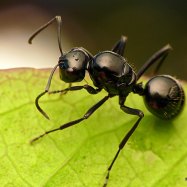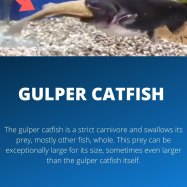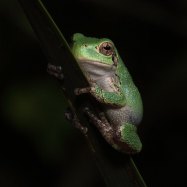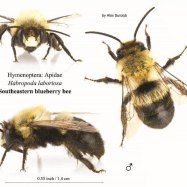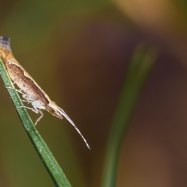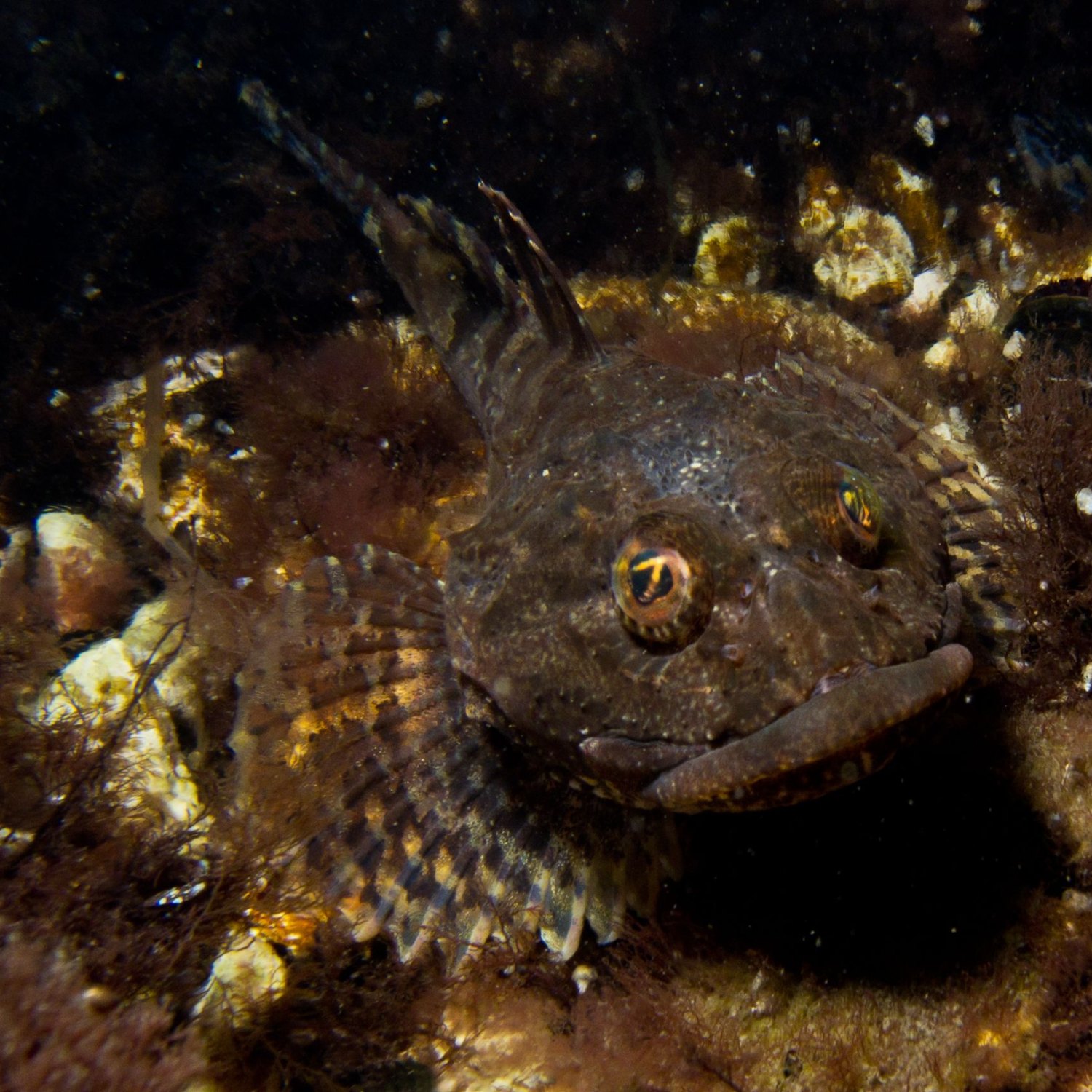
Sculpin
Varies depending on the species
Sculpins, a type of fish found in lakes, rivers, and coastal areas, are known for their unique body shape - elongated and laterally compressed. They belong to the Cottidae family and can vary in length depending on the species. With their distinct appearance and habitat, these fascinating creatures are a popular sight for fishing enthusiasts and nature lovers. #Sculpins #Cottidae #Fishing #Nature
Animal Details Summary:
Common Name: Sculpin
Kingdom: Animalia
Habitat: Marine and freshwater
Sculpin: The Fascinating Fish Found in Marine and Freshwater Habitats
If you have ever been near a lake, river, or coastal area, you may have noticed a small, elusive fish poking its head out of the water. This is the sculpin, a fascinating creature that belongs to the family Cottidae. With its unique appearance and behavior, the sculpin is a favorite among naturalists and fishermen alike.Let's dive into the world of sculpins and discover what makes them so special Sculpin.
The Basics: Taxonomy and Distribution
Scientifically known as Cottidae, sculpins belong to the Phylum Chordata, Class Actinopterygii, and Order Scorpaeniformes. They are a diverse family of fish, and there are over 300 species of sculpins found throughout the world. However, they are most commonly found in North America, Europe, and Asia.In North America, sculpins can be found in Canada and the United States, while in Asia, they are found in Russia, Japan, and China. These fish are adaptable creatures, and they are able to thrive in a variety of environments, from cold mountain streams to deep ocean depths.
Habitat and Adaptations
One of the most remarkable things about sculpins is their ability to survive in both marine and freshwater environments. They are found in a wide range of habitats, including lakes, rivers, estuaries, and coastal areas. Some species are even able to tolerate brackish water.To survive in these environments, sculpins have developed a variety of adaptations Sand Lizard. Most species have a series of conical spines on their head and fins, which help them camouflage with their surroundings. This makes them difficult for predators to spot, especially when hiding among rocks or algae.
Another interesting adaptation of sculpins is their ability to breathe through their skin. This is important for species that live in oxygen-poor environments, such as muddy rivers and lakes. They also have specialized gills that allow them to breathe in turbulent waters or during low oxygen levels.
Diet and Feeding Method
Sculpins are carnivorous fish, which means they feed on other animals. Their diet mainly consists of small invertebrates, such as crustaceans, worms, and insects. Some species also feed on fish eggs and smaller fish.To catch their prey, sculpins use their flattened heads to burrow into the sand or hide among rocks. Their excellent camouflage allows them to surprise their prey and catch them off guard. They also have strong jaws and sharp teeth, making them efficient hunters.
Appearance and Body Shape
Sculpins are known for their unique appearance, with each species having its distinctive features. While there is a wide variation in their coloration, most species are brown, gray, or a combination of the two. Some species also have intricate patterns, while others are solid-colored.In terms of body shape, sculpins are usually elongated and laterally compressed, meaning their sides are flattened. This allows them to easily maneuver through tight spaces, making them excellent hide-and-seek players. They also have large, fan-like pectoral fins that they use to swim and wriggle across the bottom of the water.
Size and Length
As mentioned earlier, there are over 300 species of sculpins, so their size and length can vary greatly. The smallest species, the stout infantfish, grows up to 2 inches (5 cm) in length, while the largest species, the longfin sculpin, can reach up to 2 feet (60 cm) in length.In general, most sculpins average around 4 to 8 inches (10 to 20 cm) in length, with some species growing up to 12 inches (30 cm). Their size also varies depending on their habitat, with marine sculpins being smaller than freshwater species.
Sculpin's Role in the Ecosystem
Sculpins may be small, but they play a vital role in their ecosystem. As predators, they help control the population of their prey, preventing certain species from becoming overpopulated. In turn, this helps maintain the balance of the ecosystem and ensures the health of the habitat.Additionally, sculpins also serve as prey for larger fish, birds, and mammals, making them an essential part of the food chain. They also play a vital role in nutrient cycling, as their droppings fertilize the water and provide nutrients for other organisms.
Unique Characteristics
Apart from their adaptations, sculpins possess several unique characteristics that make them stand out among other fish species. One of these is their ability to make sounds. Some species of sculpins have specialized muscles that vibrate to produce a grunting or croaking sound, which they use for communication or mating purposes.They also have a unique way of protecting their eggs. Instead of building a nest, like most fish, female sculpins carry their eggs in a special pouch under their belly until they are ready to hatch. This allows the eggs to receive continuous oxygen and protection from predators.
Caring for Sculpins
If you are interested in keeping sculpins as pets, it is essential to research the specific requirements of their species before bringing them home. As with any fish, it is important to mimic their natural environment as closely as possible to ensure their well-being.Sculpins need plenty of hiding places, such as caves or plants, as well as a well-oxygenated tank with clean, freshwater. They are also territorial, so it is best to keep them in pairs or groups of compatible species. With proper care, sculpins can live up to 10 years in captivity.
The Role of Sculpins in Human Culture
Throughout history, sculpins have been an essential part of human culture and livelihood. In some Native American traditions, sculpins are considered sacred animals and hold special meaning in their creation stories. They are also a popular subject in art and literature, with many artists incorporating them into their works.Sculpins are also an important food source for humans, especially in Japanese and Russian cuisine. In these countries, sculpins are considered a delicacy, and their eggs, also known as "masago," are highly valued for their flavor and texture.
In Conclusion
In summary, sculpins are fascinating fish found in various marine and freshwater habitats. With their unique adaptations, appearance, and behavior, they are sure to capture the interest of both scientists and avid fishermen. As key players in their ecosystem, they play a crucial role in maintaining the balance of their habitat. Whether you have encountered them in the wild or as pets, one thing is for sure - sculpins are a truly remarkable species.

Sculpin
Animal Details Sculpin - Scientific Name: Cottidae
- Category: Animals S
- Scientific Name: Cottidae
- Common Name: Sculpin
- Kingdom: Animalia
- Phylum: Chordata
- Class: Actinopterygii
- Order: Scorpaeniformes
- Family: Cottidae
- Habitat: Marine and freshwater
- Feeding Method: Carnivorous
- Geographical Distribution: North America, Europe, and Asia
- Country of Origin: Canada, United States, Russia, Japan, China
- Location: Lakes, rivers, and coastal areas
- Animal Coloration: Varies depending on the species
- Body Shape: Usually elongated and laterally compressed
- Length: Varies depending on the species
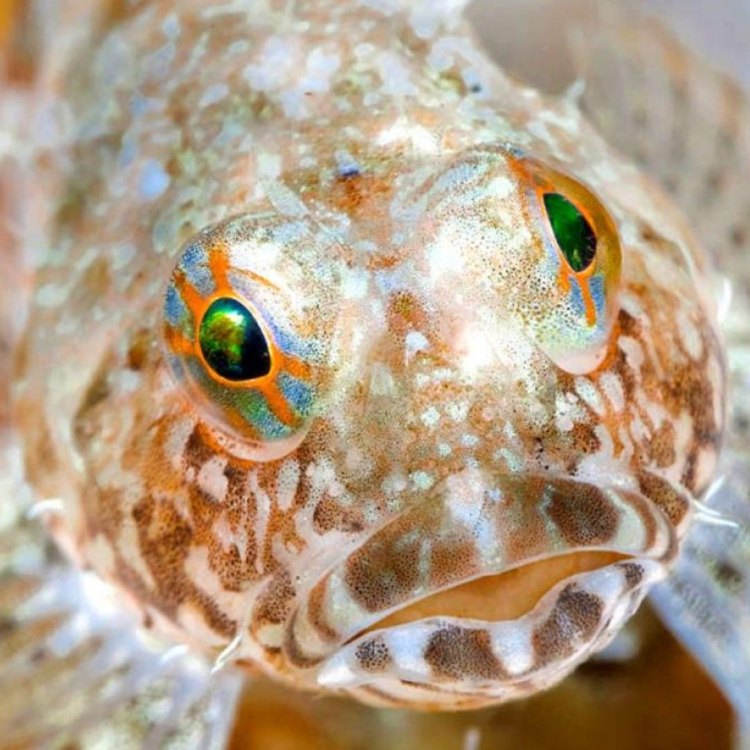
Sculpin
- Adult Size: Ranges from a few centimeters to over 50 centimeters
- Average Lifespan: Varies depending on the species, usually 2-15 years
- Reproduction: Sexual
- Reproductive Behavior: Depends on the species, but often involves courtship displays
- Sound or Call: Some species produce sounds during courtship or territorial disputes
- Migration Pattern: Some species migrate seasonally
- Social Groups: Solitary or form small groups
- Behavior: Sculpins are generally nocturnal and hide in crevices or among vegetation during the day
- Threats: Habitat destruction, pollution, overfishing
- Conservation Status: Varies depending on the species
- Impact on Ecosystem: Sculpins play a role in the food chain as both predators and prey
- Human Use: Some species are caught for sport or commercial fishing
- Distinctive Features: Large head, large pectoral fins, spines on dorsal fin
- Interesting Facts: Sculpins are known for their ability to blend in with their surroundings
- Predator: Predators of sculpins include larger fish and birds
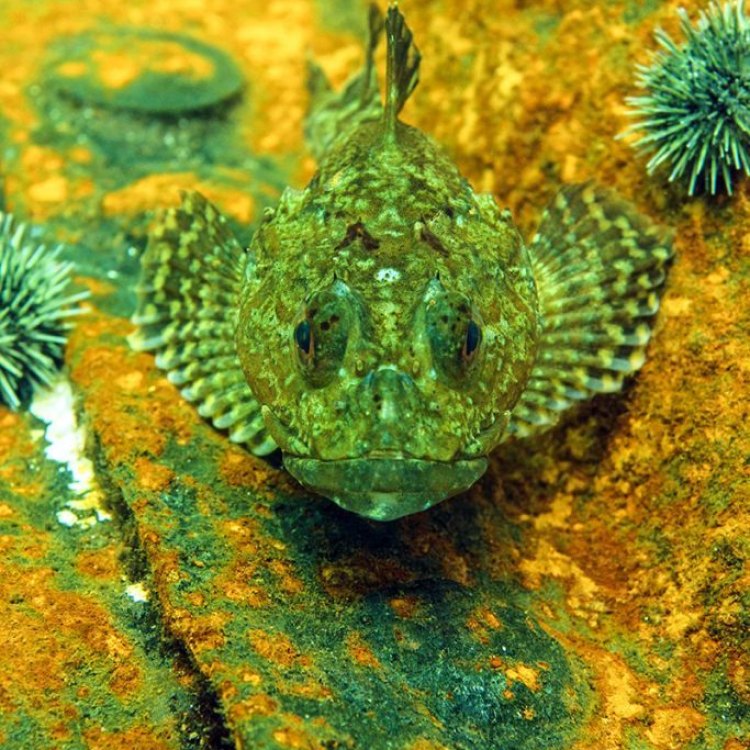
Cottidae
The Mysterious Sculpin: A Fascinating Fish with Unique Adaptations
When we think of marine life, we often envision colorful tropical fish, majestic sharks, and playful dolphins. But there is one creature that often goes unnoticed and underappreciated – the sculpin. These small, bottom-dwelling fish may not be as flashy as their ocean counterparts, but they possess unique features and behaviors that make them truly fascinating.Sculpins, also known as bullheads, are a diverse group of fish that belong to the family Cottidae PeaceOfAnimals.Com. They can be found in oceans, estuaries, and freshwater habitats all over the world. With over 300 species, sculpins have evolved to thrive in different environments, making them a truly adaptable species.
Adult sculpins range in size from a few centimeters to over 50 centimeters, depending on the species. Their average lifespan can vary greatly, ranging from 2-15 years. Their reproductive behavior is sexual, with males and females coming together to produce offspring. However, the specific reproductive behaviors differ among species, with some involving elaborate courtship displays.
Interestingly, some sculpin species are known for their ability to produce sounds during courtship or territorial disputes. These sounds are believed to help attract mates or ward off potential rivals. While not all species of sculpin produce vocalizations, it is a unique feature that sets them apart from other fish Shrimp.
Another intriguing aspect of sculpins is their migration patterns. While some species are sedentary, others migrate seasonally. This allows them to follow food sources or seek out more suitable breeding grounds. Their adaptability to different environments and behaviors make them an important part of the marine ecosystem.
Sculpins can be solitary creatures or form small social groups. They are generally nocturnal and spend their days hiding in crevices or among vegetation. This behavior helps them avoid predators and also provides ample opportunities for ambush hunting. By blending into their surroundings, sculpins are able to surprise their prey and catch them off guard.
Unfortunately, sculpins face a variety of threats due to human activities. Habitat destruction and pollution have a significant impact on their populations. Overfishing is also a major concern, as some species are targeted for sport or commercial fishing. This has led to declines in certain populations, making conservation efforts crucial for their survival.
The conservation status of sculpins varies depending on the species. Some are listed as threatened or endangered, while others are considered of least concern by the International Union for Conservation of Nature (IUCN). More research and monitoring are needed to better understand the threats to sculpin populations and implement effective conservation measures.
One crucial role that sculpins play in the marine ecosystem is their position in the food chain. As both predators and prey, they help maintain a balanced ecosystem. They feed on small invertebrates and fish, while also being a food source for larger predators such as birds and larger fish like cod and flounder.
Apart from their ecological significance, sculpins also have unique physical features that make them stand out. They have a large head, which houses a well-developed sensory system, allowing them to detect changes in their environment and locate food. Their large pectoral fins enable them to maneuver through their rocky habitats, while the spines on their dorsal fins act as a defense mechanism against predators.
One of the most interesting facts about sculpins is their excellent camouflage abilities. They have color-changing cells called chromatophores that allow them to blend into their surroundings, making them nearly invisible to predators. This remarkable adaptation has earned them nicknames such as "master of disguise" or "ghost of the seabed."
Speaking of predators, sculpins have a wide range of enemies in the ocean. Larger fish and birds feed on them, while some species even fall prey to other sculpin species. However, their well-adapted features, such as their spines and camouflage ability, offer some protection against these threats.
Humans have also found uses for sculpins. Some species are caught for sport fishing, as they can put up a good fight despite their size. In some regions, they are also commercially fished, though not to the same extent as other species such as cod and haddock. While sculpins may not be a popular food choice, they are sometimes used as bait for larger fish.
In conclusion, sculpins may not be the most well-known marine creatures, but they are certainly worth learning about. Their unique features, behaviors, and adaptations make them a fascinating species. As we continue to explore and understand the mysteries of the ocean, let's not forget to appreciate these often-overlooked creatures and their role in maintaining a healthy marine ecosystem.
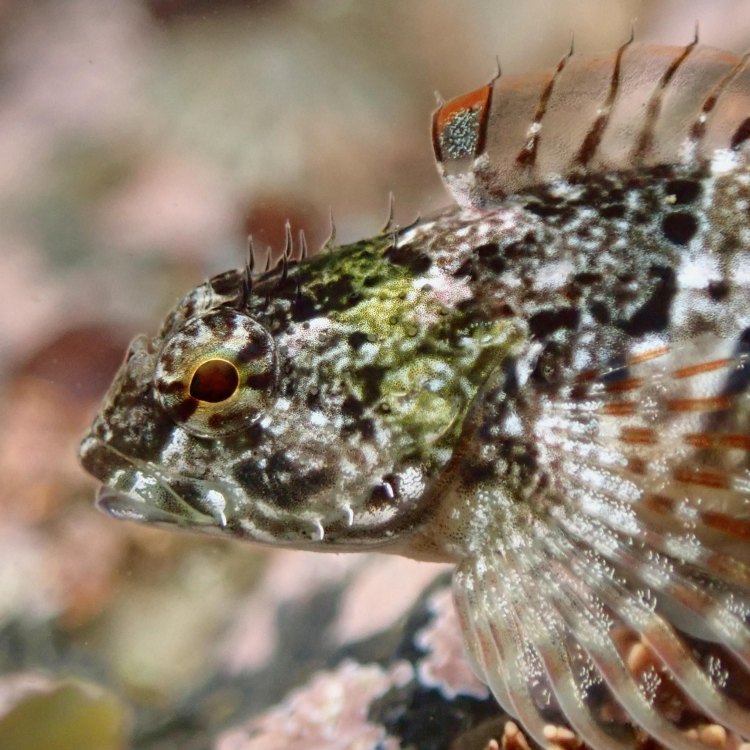
Sculpin: The Fascinating Fish Found in Marine and Freshwater Habitats
Disclaimer: The content provided is for informational purposes only. We cannot guarantee the accuracy of the information on this page 100%. All information provided here may change without prior notice.

